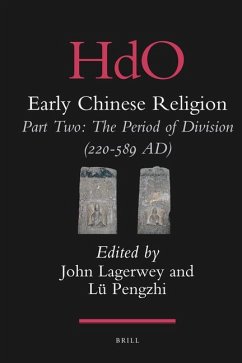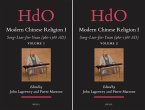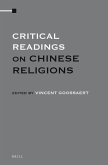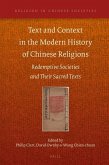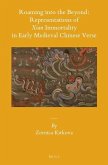After the Warring States, treated in Part One of this set, there is no more fecund era in Chinese religious and cultural history than the period of division (221-589 AD). During it, Buddhism conquered China, Daoism grew into a mature religion with independent institutions, and, together with Confucianism, these three teachings, having each won its share of state recognition and support, formed a united front against shamanism. While all four religions are covered, Buddhism and Daoism receive special attention in a series of parallel chapters on their pantheons, rituals, sacred geography, community organization, canon formation, impact on literature, and recent archaeological discoveries. This multi-disciplinary approach, without ignoring philosophical and theological issues, brings into sharp focus the social and historical matrices of Chinese religion.
Hinweis: Dieser Artikel kann nur an eine deutsche Lieferadresse ausgeliefert werden.
Hinweis: Dieser Artikel kann nur an eine deutsche Lieferadresse ausgeliefert werden.

